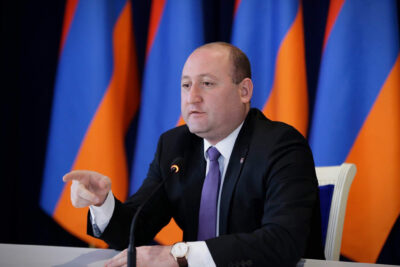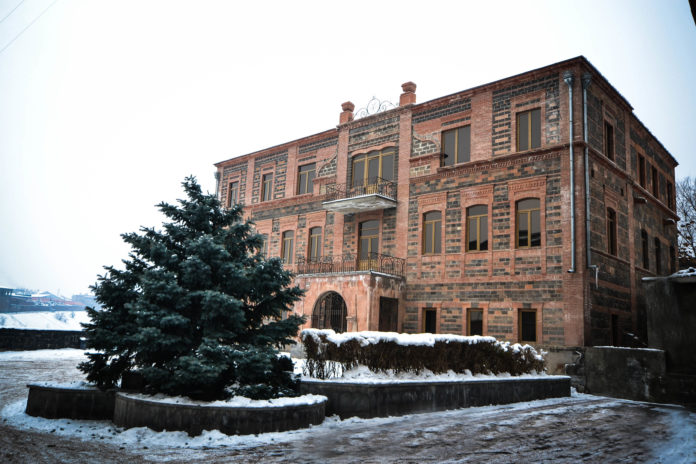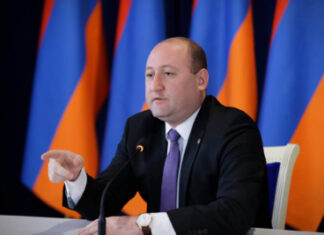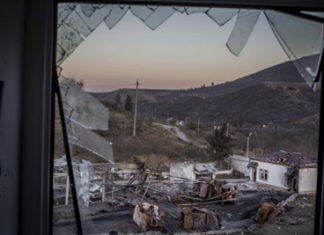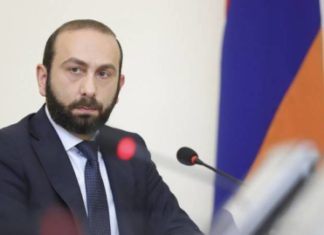WASHINGTON and YEREVAN — Last year, longtime philanthropists K. George and Dr. Carolann S. Najarian generously donated two buildings to the American University of Armenia (AUA). The buildings, on adjoining properties in Yerevan’s Dzoragyugh ethnographic-cultural district, were part of a construction project initiated by the Najarians in the 1990s. The property overlooks the Hrazdan Gorge and is designed in an architectural style reminiscent of the late 19th and early 20th centuries. One of the two buildings, upon renovation, will be named The K. George and Carolann S. Najarian MD Building. AUA is currently exploring various ideas for its use. The Najarians have graciously agreed to allow AUA to name the second building, which is to become a residence hall, after a major donor.
A Long Legacy of Love and Support for the Homeland
Well known for their philanthropic work in Armenia since the days of the Spitak Earthquake and the Karabakh Movement, the Najarians were approached by longtime AUA supporter, Aida Yeghiazarian of Los Angeles, who suggested gifting the buildings to the university. When they were first built, the Najarians had intended to retire in one and allocate the other as a center for NGOs, but they were thrilled by the prospect of donating the buildings to an educational institution that they feel is so integral to the development of Armenia.
The Najarians have a longstanding relationship with AUA, dating back to the mid-1990s when Dr. Carolann Najarian lectured there on primary healthcare. The university’s School of Public Health had just launched at the time, and the concept of primary care in Armenia was practically nonexistent, so Dr. Haroutune Armenian, then the president of AUA, sought out Dr. Najarian’s expertise to help get the program off the ground. “I remember the days when AUA started out as an experiment to see if it could be done,” she recalls. Dr. Najarian and her husband have watched AUA prove itself and grow over the past 25 years.
The couple’s efforts in Armenia began in 1987 when Mr. Najarian took his first trip to Armenia, where he was profoundly moved and instantly felt at home. Shortly after, as the Karabakh conflict escalated, the Najarians became supporters of the Zoryan Institute. They went to Armenia in 1988 for the Cambridge-Yerevan Sister City Program. It was Dr. Najarian’s first trip. While there, George Najarian took part in the massive pro-Karabakh demonstrations in front of the Matenadaran.
Shortly after they returned to the United States, Armenia was hit by the devastating earthquake. The Najarians had purchased a full back page spread in the New York Times concerning the Karabakh conflict, which was published, unfortunately, the day the earthquake struck, on December 7, 1988, and thus failed to have any positive effect.
